I’ve never pegged myself as a “shoe” person… but if one were to look in my closet, they may beg to differ.
However, each pair is totally justified and has it’s own purpose. No, seriously. I NEED all of those shoes.
Let me explain….
Choosing an appropriate workout training shoe can offer protection against injuries associated with your type of workout. In addition, sport or exercise specific shoes can improve your performance, enabling, for example, quick direction changes.
Running Shoes
While running is not my favorite or go-to form of exercise, I will run occasionally for heart health, to lean out, or to just get outside and enjoy the weather. I keep a pair of running shoes on hand for times I want to go for a long walk or run. Running and walking sneakers are made for forward motion and have the maximum amount of cushioning and shock absorption to lessen the impact of your step during heavy landings. They protect your foot when it makes contact with the pavement.
Running shoes are designed to provide stability for runners by having a built-up heel. If you’re wearing running shoes while squatting, you may find you’re actually rocking forward thanks to that built-up heel. If wearing a running shoe to the gym to lift or squat and you feel a bit unstable, that might be the culprit.
According to the American College of Sports Medicine, the foot cushioning provided by running shoes can reduce some of the stress placed on the heel, ankles, and toes during a run. Appropriate cushioning can also help alleviate or prevent knee, hip and back pain, as it improves body mechanics.
Trail Running Shoes
Shoes specific for trail running are great if you’re one to venture outdoors for your cardio. They have extra grip on the bottom and can offer stability in a variety of terrains.
Depending on how frequently you run, this pair of shoes might need to be replaced frequently or not often at all. Most high-quality running shoes should be replaced between 300 and 500 miles - approximately four to six months for someone who averages 20 miles per week
So, while running shoes are great for running, they aren’t the shoes I’d wear if I planned to lift weights. When lifting or performing an exercise such as squats, you need a shoe with LESS cushion.
Cross Training Shoes
If you’re incorporating cardio (some running, jumping, etc.) into your weightlifting sessions, a “cross trainer” will be your best bet. You’ll find them to have less cushion than a “running shoe” but still offer comfort and stability for some running. The reason for less cushion is the assumption that your feet are remaining in contact with the ground for the majority of the exercise. A cross trainer also primarily offers lateral support, which is essential for multi-directional movements. A few of my favorite brans cross trainers are Innovate and Nike Free. Cross-training shoes can be used for lower impact exercises like weight lifting, rowing, elliptical, and Zumba.
Sports Shoes
There are shoes designed specifically for sports like basketball and tennis for a reason. They will provide lateral or side-to-side support since that’s the primary motion your body will move. If you’re entering these sports and don’t have a shoe designed for that sport, definitely invest in a pair. Your ankles will thank you!
Fashion Shoes/Sneakers
I have plenty of these in my closet too! Fashion shoes can be comfortable and are usually the least expensive “sneaker” option. When starting a new exercise program, don’t be tempted to grab just any cute sneaker or a bargain shoe. While they may be cute, not all sneakers off the rack are actually designed to support you through a workout. They’re great for running errands or a quick walk, but they aren’t built for performance. If you’re out and about with a plan to hit the gym later, be sure to grab a pair (as mentioned above) that will offer the necessary support.
While we look sometimes for “cuteness” and comfort when choosing a shoe, it’s important to keep “support for your chosen sport” at the top of the priority list. So, next time someone asks, “Do you really NEED multiple sneakers?” You can confidently say “Why yes… yes I do.” ;)
Check out my video on the topic on Instagram

